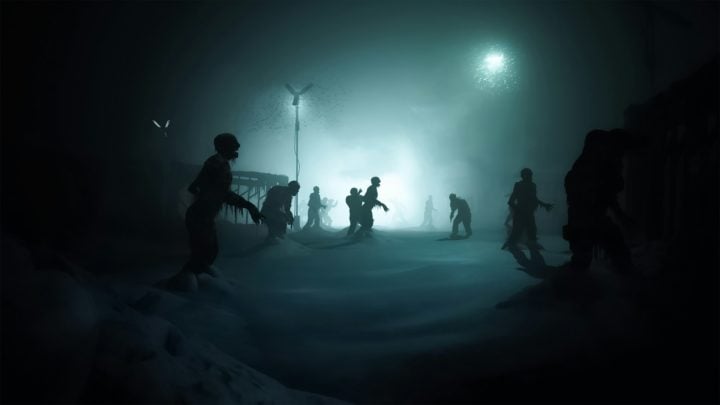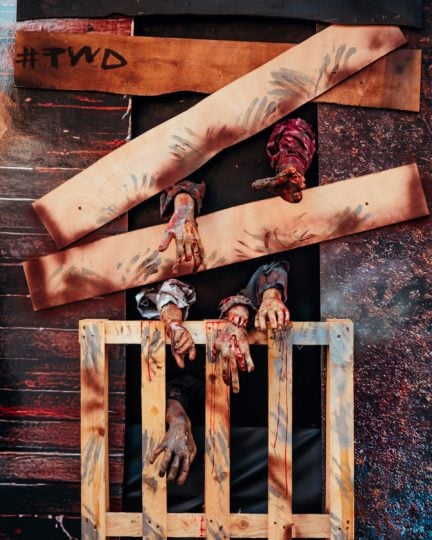COULD ZOMBIES EXIST IN REALITY?
Zombies are well-known fictional beings created through the reanimation of a corpse. While lots of movies, series, and books depict them, a question about these creatures being real may come up. Can zombies exist according to science?

Zombies are fictional and sometimes mythical creatures – they do not exist in real life. But could they possibly be real, according to science? Image credit: Henrik L. via Unsplash, free license
What is a zombie – The definition explained
A zombie is a fictional undead creature that appears in various forms of literature, film, and popular culture. Typically depicted as a reanimated corpse, zombies are often associated with a mindless and relentless desire to consume human flesh or brains. In many stories, zombies are created through supernatural means, such as a virus, curse, or scientific experiment gone wrong.
The concept of zombies has roots in folklore and mythology from various cultures, with legends of reanimated corpses or beings controlled by magic or witchcraft. However, the modern depiction of zombies as flesh-eating creatures gained popularity in the 20th century, particularly through horror films and literature.
Zombies are often portrayed as slow-moving, lumbering creatures with decaying flesh and limited cognitive abilities. They are frequently depicted as part of a larger outbreak or apocalypse scenario, where they pose a threat to the surviving human population.
The concept of zombies has been explored in various ways in popular culture, including horror films, television shows, video games, and literature. Zombies have become iconic figures in the horror genre and are often used as symbols of societal anxieties, such as fears of disease, mass hysteria, or the breakdown of civilization.

These creatures often engage in irrational behaviors. Image credit: Mikita Yo via Unsplash, free license
What are the basic characteristics of zombies?
The main characteristics of zombies typically depicted in popular culture include:
- Undead: Zombies are often portrayed as reanimated corpses, meaning they were once dead but have been brought back to life through supernatural or scientific means.
- Mindlessness: These creatures are typically depicted as lacking higher cognitive functions and intelligence. They are driven by a primal urge to feed on human flesh or brains, with no regard for self-preservation or reasoning.
- Slow movement: they are commonly depicted as slow-moving and lumbering creatures. They often shuffle or stagger as they move, reflecting their decayed and deteriorated physical state.
- Decaying appearance: Zombies are characterized by their decaying flesh and appearance. They may have wounds, injuries, or missing body parts, and their skin may appear pale, discolored, or rotting.
- Insatiable hunger: A defining characteristic of zombies is their insatiable hunger for human flesh or brains. This hunger drives their relentless pursuit of living humans, whom they seek to consume.
- Infectious: In many stories, they spread their condition through bites or scratches, turning their victims into zombies as well. This contributes to the widespread outbreak or apocalypse scenarios often associated with zombie narratives.
- Resistance to injury: Zombies are often depicted as being resilient to physical harm and injury. They can sustain significant damage to their bodies without being incapacitated, making them difficult to defeat or kill.
- Vulnerability to specific methods of destruction: While zombies are generally resistant to conventional methods of injury, they often have specific vulnerabilities that can be exploited to defeat them. This may include destroying the brain, severing the spinal cord, or using fire.
- Lack of emotion or personality: Zombies are typically portrayed as devoid of emotion, personality, or individuality. They act purely on instinct and are not capable of forming meaningful relationships or exhibiting empathy.
- Symbolism: Beyond their literal characteristics, these fictional beings are often used as symbols in popular culture to represent various societal fears, anxieties, or themes. These may include themes of mortality, disease, consumerism, or societal collapse.